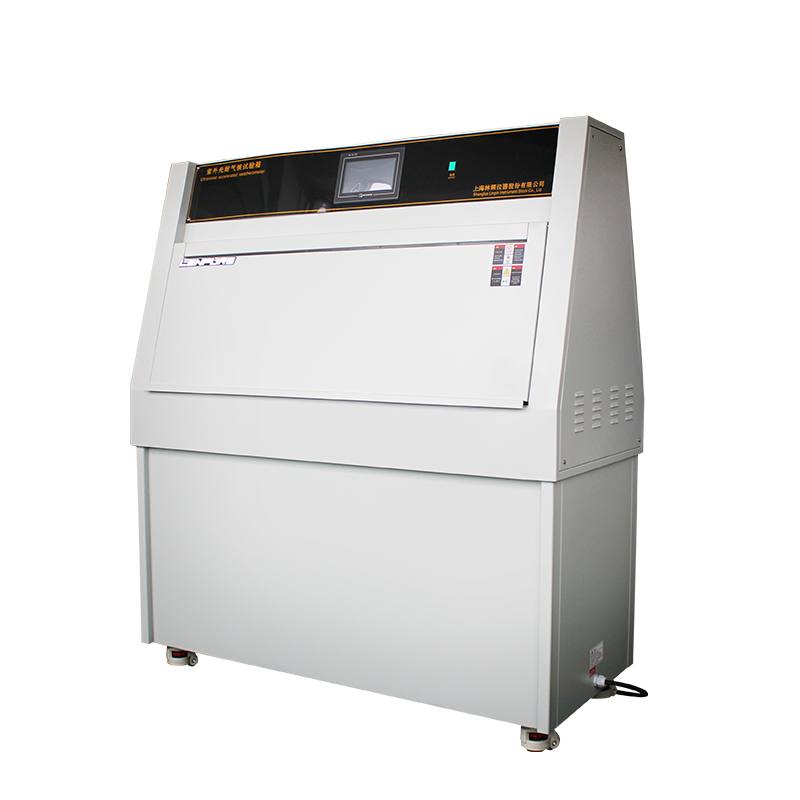

Certain factors can impact the effectiveness of UV aging test chambers. Therefore, it is essential to remain vigilant and pay close attention to these factors during equipment operation. By continuously monitoring and improving these aspects, the efficiency of the equipment can be enhanced. Below, we examine these influencing factors.
Airflow Speed has a certain impact on UV aging test chambers: If the airflow speed near the surface of the specimen is too high, it can affect the temperature rise of the sample and introduce errors in the open thermopile used to monitor radiation intensity. In natural environments, it is rare to encounter conditions with zero wind speed and intense solar radiation simultaneously. Therefore, when evaluating the effects of different wind speeds on specimens, testing must be conducted in accordance with specified requirements.

Temperature and Humidity Inside the Chamber can influence the test results. How should the temperature inside the chamber be managed? During both the irradiation and non-irradiation phases, the temperature must be controlled according to the prescribed test procedures. Operating standards should be set based on the required temperature levels for different applications.
Effect of Humidity on Testing: The photochemical degradation of many materials, coatings, and other substances varies significantly under different humidity conditions. Since humidity requirements differ depending on the material, specific humidity levels should be determined in accordance with relevant standards.
Selection of Mounting Racks is another influencing factor: The thermal characteristics and installation methods of different racks can affect the temperature rise of specimens. Therefore, careful consideration must be given to the properties of the racks when selecting them.
Surface Contamination of Specimens can also have an impact: Dust or other contaminants may alter the absorption properties of specimens. To avoid this, specimens should be kept clean throughout the testing process.
Ozone and Other Pollutant Gases can affect UV aging test chambers: Ozone is generated inside the chamber due to short-wave UV radiation from the light source. However, ozone and other pollutant gases can influence the degradation process of certain materials. To mitigate this effect, operators must follow relevant guidelines to expel harmful gases from the chamber.